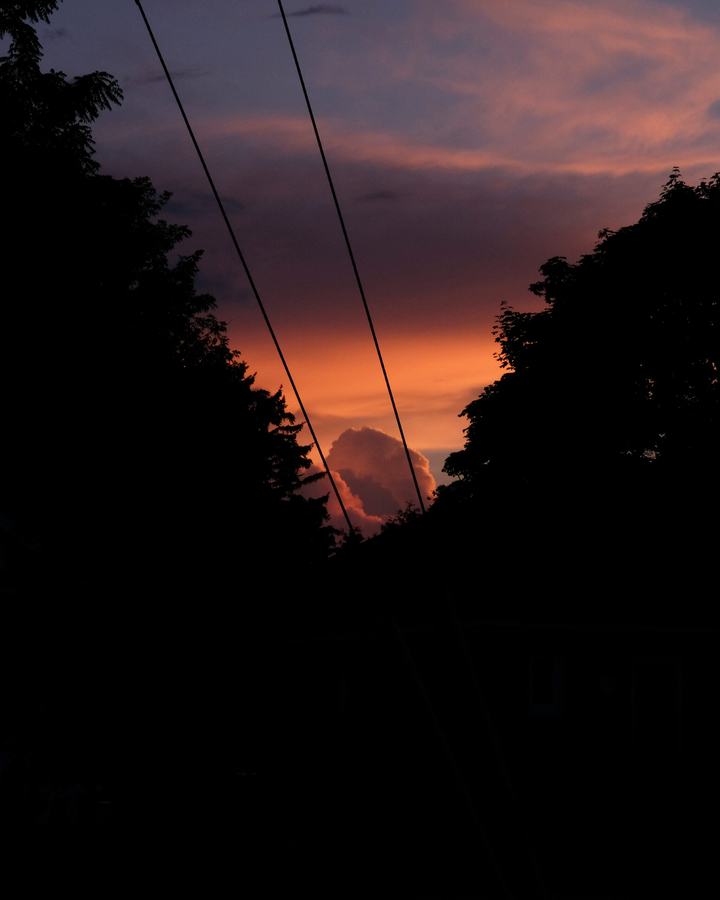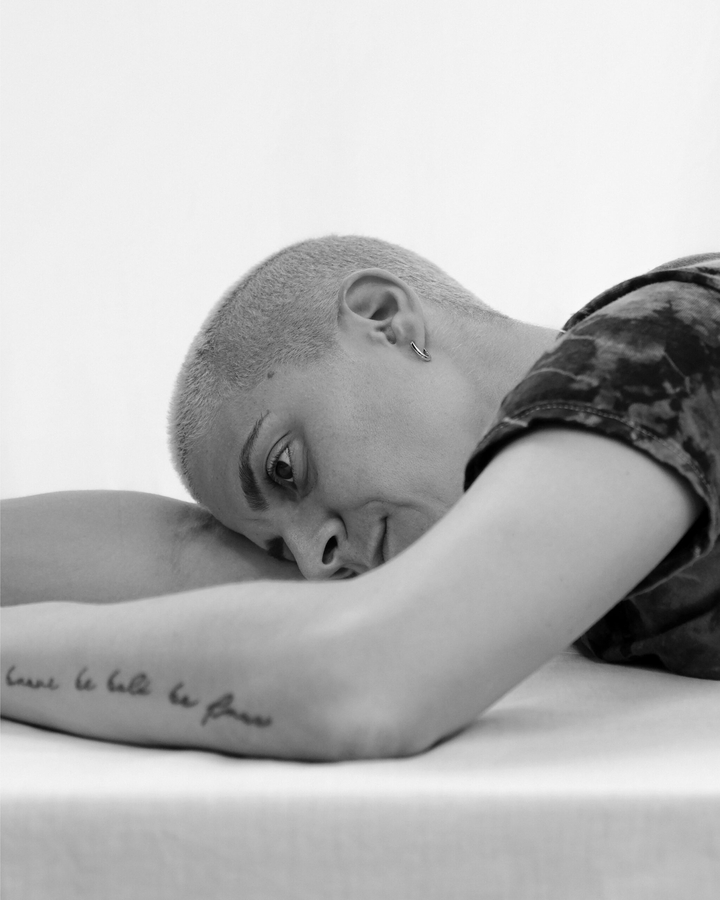Group Exhibition New Generation Photography Award

The New Generation Photography Award recognizes outstanding photographic work by three emerging Canadian lens-based artists, age 35 and under. This year’s exhibition features the winners from 2023: Vancouver-based Gonzalo Reyes Rodriguez, Toronto-based Hannah Doucet, and Toronto-based Wynne Neilly. A testament to photography’s broad expressive capacity, this selection of artists represents the forefront of new lens-based practices in Canada.

The winners of this annual award each receive a $10,000 prize, and in addition to their exhibition in Toronto as part of the CONTACT Festival, a selection of the artists’ work will subsequently be shown at the National Gallery of Canada. The 2023 NGPA artists explore the many challenges in contemporary representations of the body, identity, culture, and history. Photographs and videos push against the boundaries between cultural and natural delineations to imagine new possibilities of existence and relationships. As much as their images operate as critical statements on contemporary life, they also function to open dialogue and create community. With great visual sophistication, care, and curiosity, the NGPA winners demonstrate the continued power and significance of lens-based images to both probe shared concerns and anxieties and offer new insights into negotiating an image-saturated culture.


Wynne Neilly, a queer, trans identified artist, explores expanded possibilities of human relationships within larger cultural and natural contexts. A celebrated portrait photographer, he received critical attention for his TIME Magazine cover of Elliot Page in 2021. Neilly’s Have / Hold series (2009-ongoing), a collaborative project between two transitioned cis-appearing men (himself and Kyle Lasky), offers scenarios that challenge traditional gender narratives, especially those stigmatizing masculine intimacy. His portraits of queer and trans subjects emphasize community and acceptance, each image reflecting back to the subject and viewer the positivity of relationship choices, and the empowerment of individuality that results. In addition to portraiture, Neilly photographs urban and natural landscapes which, like his portraits, underscore his meditative approach to image-making. The artist presents natural, urban, and social worlds as if held in suspension. When exhibited alongside his portraits, these scenes invite viewers to ponder their interrelation and the various contexts where human affairs find contention and solace.

In her photographs, videos, and installations, Hannah Doucet explores the social management of childhood illness through fantasy and wish fulfillment. Having undergone treatment for lymphoblastic lymphoma when she was eight years old, Doucet revisits her wish-trip to Disney World and the corporate messaging surrounding illness, sickness, and living life “happily ever after.” At both Disney and Give Kids the World Village, corporate philanthropy and charitable organizations construct narratives and scenarios of happiness through seductive and aesthetically sophisticated visual strategies, such as cute mascots and elaborate fairy tale settings. Childhood experiences of illness are denied or reformulated through elaborate marketing strategies that place children in a performative setting saturated with toxic positivity. Doucet’s videos address how any acknowledgement of pain or suffering is deferred by a forever-happy, dancing sunshine figure. By creating a wish-fountain sculpture that exchanges one person’s wish for another, Doucet challenges ideas of wish fulfilment, highlighting how this practice targets individual desires and creates false hope, rather than fostering a sense of community and earnest, vulnerable expression. With her deconstructive approach, the artist reveals how the unimaginable—serious childhood illness—is managed for and by adults, leaving the child to negotiate their memories, desires, and hopes in later years, on their own.

Gonzalo Reyes Rodriguez explores the shifting meaning of the photographic image as it moves through different times and contexts. Working with found images, he speculates on the burden of interpretation that the photograph carries, and the demands of the present on past renderings of events. Images unanchored by text fluctuate in meaning, providing possibilities for different methods of engagement and viewing. Casting a queer lens on a box of photographs found in a Mexican bookstore, Rodriguez connects his past circumstances with those of an unknown photographer and his subjects. Images, replete with photographic codes of a conventional heterosexual lifestyle, mix with those of a young man and his male lovers in intimate settings. Rodriguez combines these with personal photographs addressing his own sexual explorations as a young man. A video features two commentators positing their interpretations of the photographs, intimately engaging with each image, examining them closely, turning them over to seek out clues to support their narratives about the person depicted, his life, and his fate. Ultimately, nothing can be deduced with certainty, indicating how photographs assume agency not as decisive statements on reality, but through the connections they garner as objects of community and exchange.
Curated by Andrea Kunard
Organized by the National Gallery of Canada in partnership with Scotiabank, and CONTACT. The New Generation Photography Award was founded by the National Gallery of Canada in partnership with Scotiabank. The award was created to support the careers of young talented artists.
Hannah Doucet’s photographs, videos and sculptures explore fantasy, illness, the body, anxiety and performativity. An artist, arts educator and cultural worker, Doucet has exhibited across Canada, with exhibitions at Neutral Ground (Regina) Duplex (Vancouver), PLATFORM (Winnipeg), The New Gallery (Calgary) and Gallery 44 (Toronto). Doucet was the inaugural winner of the 2017 PLATFORM photography award and was long listed for the 2019 New Generation Photography award. She is one of four founders of Blinkers, a project space based in Winnipeg, where she was a co-director until August 2021.
Wynne Neilly is a queer, trans identified, visual artist and award-winning photographer who explores and balances a fine art and commercial practice. Known for his portraits that investigate into and engage with the queer and trans identity, he received critical attention for his TIME Magazine’s monumental cover of Elliot Page in 2021. Currently based in Prince Edward County, ON, his work has been included in exhibitions at venues internationally, including but not limited to: The Canadian Lesbian & Gay Archives; Gallery TPW; Joseph Gross Gallery (Tucson); The Art Gallery of Burlington; International Center of Photography (New York); The Annenberg Space for Photography (Los Angeles); and Sørlandet Art Museum (Norway).
Gonzalo Reyes Rodriguez uses materials such as archival photographs, found ephemeral images, magazine interviews and film/tv scripts, overlaying the recent past against the present, and exploring how images can be still but in motion, historical yet continuously present. Based in Vancouver BC, Rodriguez has had solo exhibitions in Winnipeg, Mexico City, and Chicago. His work has been featured in Peripheral Review, Artforum, Museé Magazine and Hyperallergic. Rodriguez received his MFA from the University of Pennsylvania and in 2019 was a participant at the Skowhegan School of Painting and Sculpture.